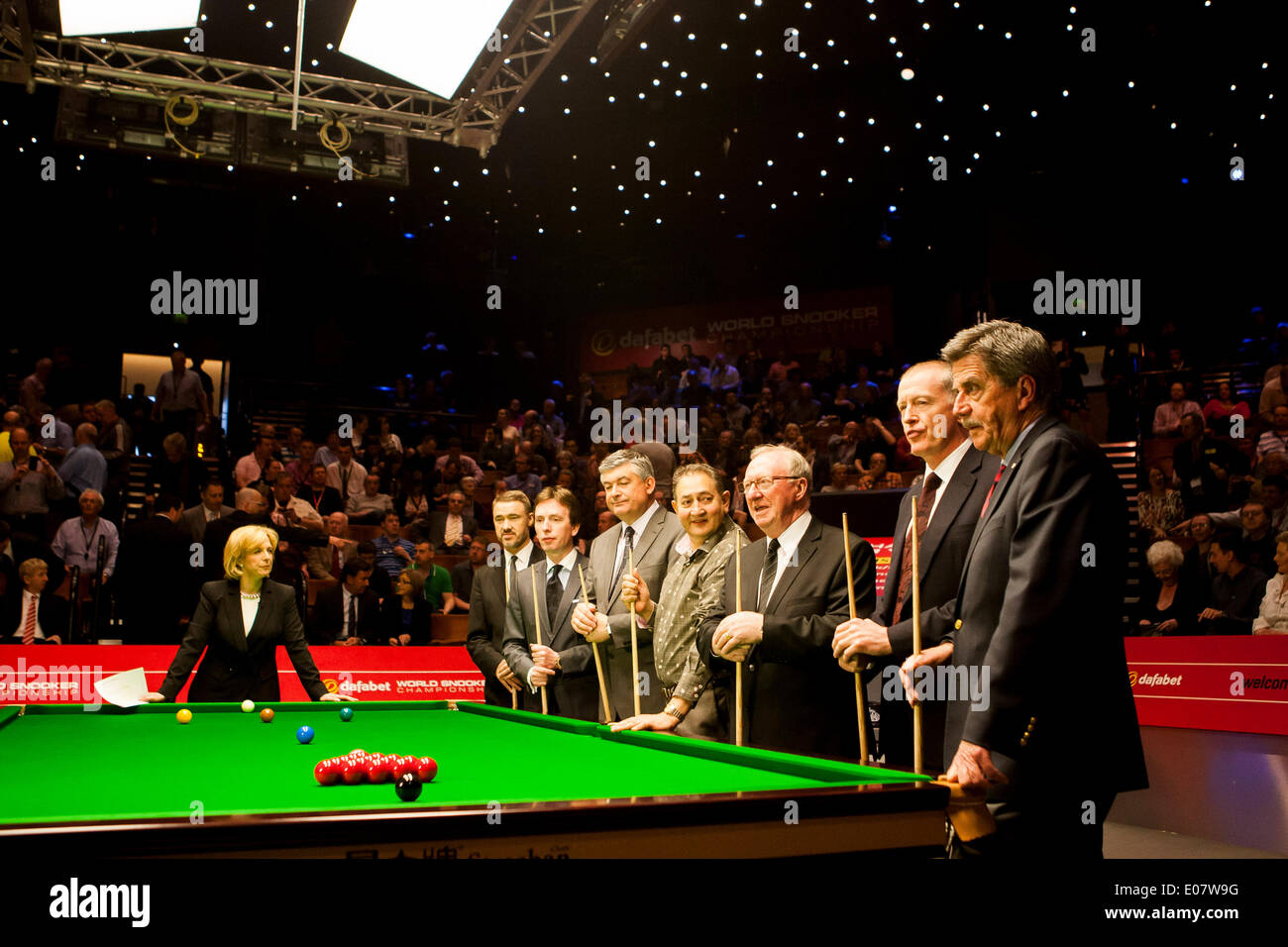

In some cases the hoards are understood to have the prominent attributes of male base which is cognitively connected with a category of the ambivalent warrior – farmer who used to perform different functions in the society in different social circumstances. Apart from the collective value, apostrophized is a possibility to recognize the hoards as an individual precious object. All analyzed objects were cast in moulds and cooled slowly, and more likely, long stoked at a temperature around 550 degrees centigrade.

Metallographic analyses provided important information about technological processes performed. Analyses of chemical content of the objects, revealed a great uniformity in the alloy elements content. Most of them, in its own distinctive way, are a logical reflection of the cultural circumstances of that time and place. to the period which is throughout Europe marked by depositing extremely great number of hoards of bronze objects. The hoards from northern Bosnia, belonging to the HaA1 phase, i.e. The experience here presented, shows that differences in languages and perspectives and peertopeer teaching offers an enhanced learning tool. While presenting the results of the archaeometric investigations the main aim of the paper is to introduce the idea of the importance of multidisciplinary teach ing in archaeometry, more specifically in archaeomet allurgy, early on in the academic development (master or even undergraduate) instead of being the result of research at a later stage (PhD or even postdoc). In particular, we aim at introducing the importance of different perspectives in "questioning" the materials and in turn the scientific results.

This variety also poses more complex questions for the archaeological/ historical recontextualisation of the findings which require a strong interaction between archaeologists and scientists in order to ensure the "Pavia"most plau sible reconstruction of events. In all, 23 samples were analysed and are presented in this paper from at least six different metallurgical processes: cupellation, sil ver recovery, iron making (by the direct and indirect method), copper alloying and casting. The varied metallurgical assemblage recovered from the excava tion in 2013 of the Monastery of San Tommaso (Pavia) is a very useful teaching tool. This paper, written by the lecturing academic, the academic advisor, and some of the students attending the course, wants to bring to the archaeometallurgical community some of the observations and reflexions on this teaching and learning experience.

The metallurgical remains of San Tommaso, Pavia were used as teaching collections for a multidisciplinary archaeometallurgy class held by the first time in the academic year 2016/2017 at the University of Sassa ri.


 0 kommentar(er)
0 kommentar(er)
